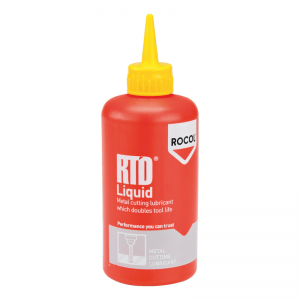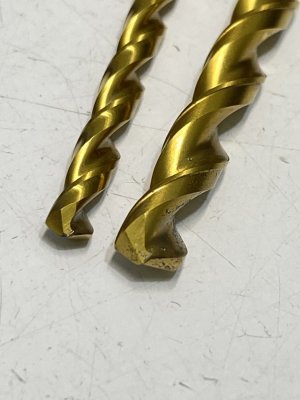I have been getting this problem randomly and never know the reasons. Today I got bad holes again. some details :
1) 3 mm 120 deg carbide spot drill, 4.2 mm 130 deg M42 HSS drill, good holes on 6061 and 7075 aluminum, no chattering
2) same as above but the material of the workpiece is mild steel, some chattering, bad holes as shown in the photo. Have tried 6 holes, all bad.
3) 6 mm 120 deg carbide spot drill, 6 mm 130 deg M35 HSS drill, good holes on all materials mentioned above. No chattering
Oil used in all cases.
What might be the reasons ? Is the 4.2 mm drill to be blamed ? It's new.
1) 3 mm 120 deg carbide spot drill, 4.2 mm 130 deg M42 HSS drill, good holes on 6061 and 7075 aluminum, no chattering
2) same as above but the material of the workpiece is mild steel, some chattering, bad holes as shown in the photo. Have tried 6 holes, all bad.
3) 6 mm 120 deg carbide spot drill, 6 mm 130 deg M35 HSS drill, good holes on all materials mentioned above. No chattering
Oil used in all cases.
What might be the reasons ? Is the 4.2 mm drill to be blamed ? It's new.
Attachments
Last edited:



